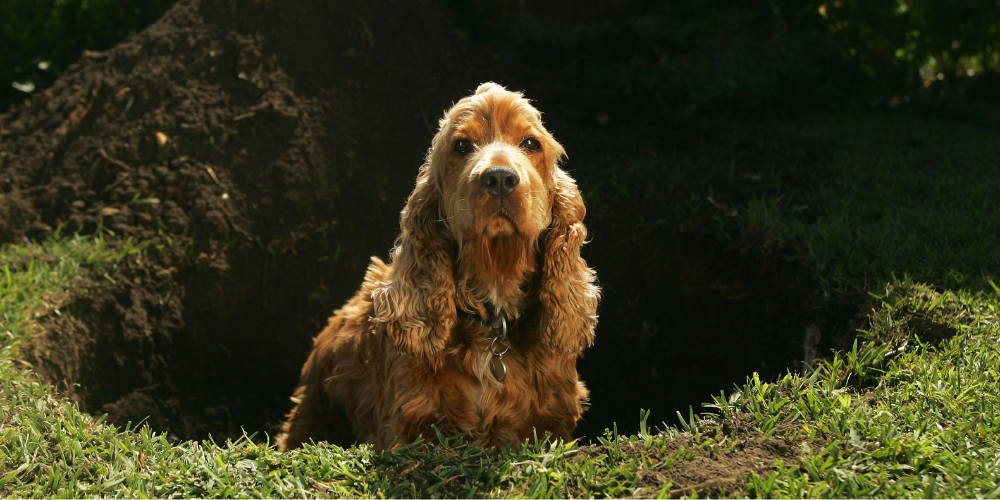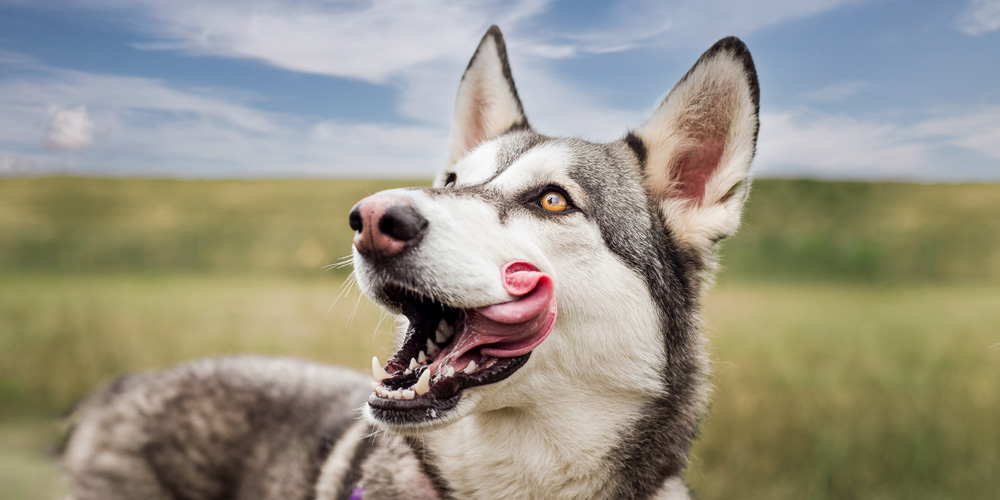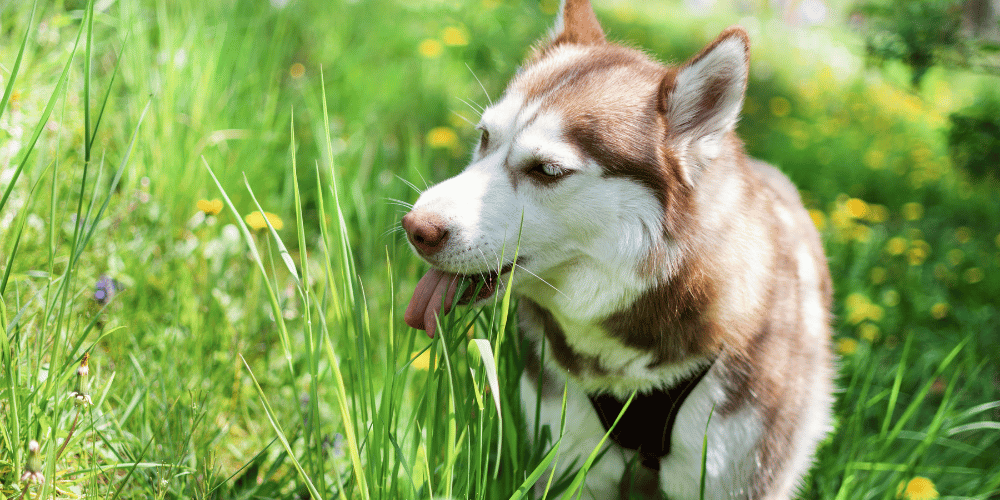
Hey there, dog lovers! Ever wished you could chat with your four-legged friend? While we can't offer you a doggie translator, understanding your furry pal's body language can be the next best thing. It's like learning a new language, one that deepens the bond between you and your pup. Let's embark on this tail-wagging journey of 'speaking dog' and unlock the secrets to their non-verbal cues.
Tail Tales: What's in a Wag?
The tail is like a dog's emotional barometer. A high, stiff tail often signals alertness or dominance, while a low, tucked tail can indicate fear or submission. And those rapid, broad tail wags? They're your dog's way of saying, "I'm over the moon!" Remember, context is key in tail talk.
Eyes: Windows to Their Canine Soul
Just like us, dogs 'speak' volumes with their eyes. A direct, intense stare can be a challenge in doggy dialect, while averted eyes often signal submission or discomfort. Those soft, relaxed eyes, on the other hand, are the look of love and trust.
Ears: Tuning into Their Thoughts
A dog's ears are mood antennas. Erect, forward-facing ears indicate interest or alertness, while ears pinned back might mean your dog is scared or anxious. Keep an eye (or an ear!) on these subtle shifts to gauge their feelings.
The Power of Paws: Playfulness or Stress?
Paws can be playful or a sign of stress. A raised paw can signal a desire to play, but it can also show uncertainty. Notice if your dog's paw gestures are accompanied by other body language cues to understand the full message.
Barks and Beyond: Vocal Clues
Barking, whining, growling - each vocalization serves a purpose in dog speak. High-pitched, repetitive barks are often a call for attention or play, while a low growl might be a warning. Tuning into these sounds can give you insights into your dog's mind.
The Whole Picture: Context is Key
Interpreting canine body language is about seeing the whole picture. No single gesture stands alone; it's the combination of tail position, ear movement, eye contact, and vocalizations that tells the full story. Always consider the context of the situation and your dog's overall demeanor.
Conclusion:
Understanding your dog's body language isn't just about responding to their needs; it's about building a deeper, more empathetic connection with your furry best friend. As you become more fluent in 'speaking dog', you'll find a world of unspoken conversations opening up between you and your pet. It's a language of love, trust, and mutual respect – one that strengthens the incredible bond you share. Happy chatting with your canine companion!





